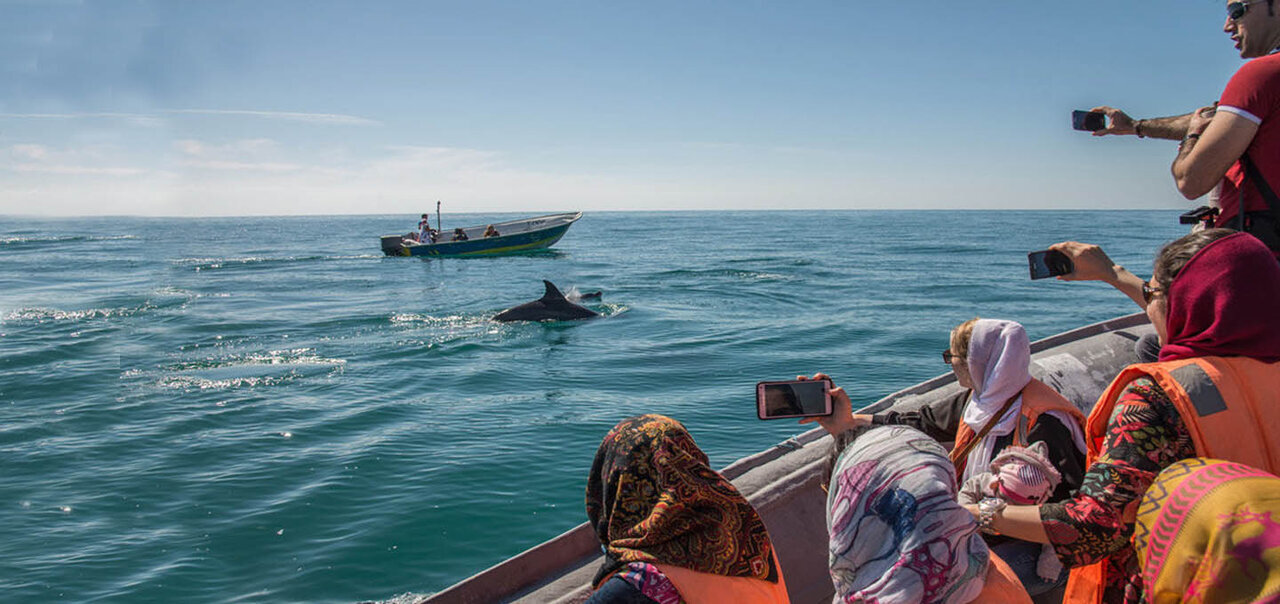Discover Qeshm, the largest island of the Persian Gulf

TEHRAN - Qeshm Island, the largest island in the Persian Gulf, is where natural wonders, strategic geography, and ancient culture intersect.
Covering 1,491 square kilometers, Qeshm is larger than many countries, including Bahrain and Singapore. Located opposite the coast of Hormozgan province in southern Iran and about 22 kilometers from Bandar Abbas, the island sits at the entrance of the Strait of Hormuz—one of the world’s most crucial maritime trade routes.
Beyond its strategic location, Qeshm is celebrated for its rich biodiversity. The island hosts the Hara Forests, an extensive mangrove ecosystem spanning over 8,000 hectares. Recognized by UNESCO as a biosphere reserve, these forests provide vital breeding grounds for migratory birds, fish, and reptiles, playing a key role in maintaining the ecological balance of the Persian Gulf.
Qeshm is also home to 26 geosites that form the Qeshm Island Geopark—the Middle East’s first UNESCO Global Geopark, registered in 2006, briefly removed, and reinstated in 2017 following improved conservation efforts.
Often described as a “natural geology museum,” Qeshm features a variety of spectacular rock formations and landscapes. The Valley of the Stars is among its most iconic sites -- a labyrinth of narrow canyons and towering formations carved over millennia by wind and rain. Local legends say a star once fell here, lending the valley its name and mystical reputation.
Another highlight is Chahkooh Canyon, a natural marvel etched into salt-limestone mountains by centuries of water erosion. With vertical cliffs and tight gorges, Chahkooh offers both tourists and geologists an unforgettable experience.
Qeshm also hosts the Namakdan (Salt) Cave, one of the world’s longest salt caves, stretching over six kilometers. The cave features salt stalactites and ancient crystal formations estimated to be over 500 million years old, as well as underground salt rivers. Its salt is known for medicinal properties, especially in treating respiratory ailments.
Qeshm is home to diverse ethnic groups preserving a wealth of cultural traditions. Traditional crafts such as Lenj-building (wooden dhow shipbuilding), Bandari embroidery, and mat weaving remain vibrant, keeping centuries-old maritime and cultural heritage alive. Women on the island often wear distinctive face masks, or “burqas,” a local tradition with both cultural and practical origins.
Qeshm Island is one of Iran’s best-kept secrets, where myths and minerals, culture and commerce, nature and narrative converge. As Iran seeks to expand tourism and diversify its economy, Qeshm stands out as a model of balancing natural beauty with strategic development.
For travelers, scientists, investors, and policymakers alike, Qeshm offers a unique destination rich with history, geology, and human resilience, waiting to be explored, studied, and preserved.
AM
Leave a Comment